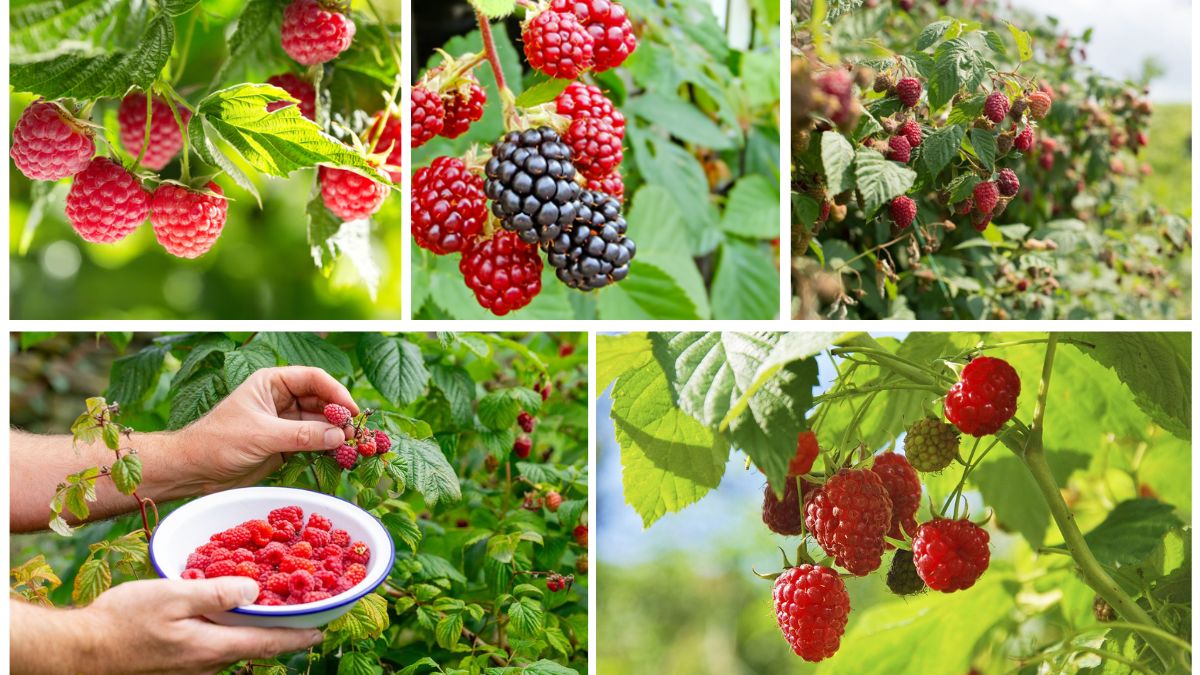Few fruits are as rewarding to grow as raspberries. Their vibrant red, juicy berries are perfect for fresh eating, baking, preserves, and smoothies. With the right care, a raspberry patch can produce abundant fruit year after year, providing a sweet taste of summer straight from your garden.
In this comprehensive guide, we’ll explore how to grow raspberries for an abundant summer harvest, including choosing the right varieties, planting, caring for your plants, pruning, and tips for maximizing fruit production. Whether you’re a beginner gardener or a seasoned green thumb, this guide will help you cultivate healthy, productive raspberry plants.
Why Grow Raspberries at Home?
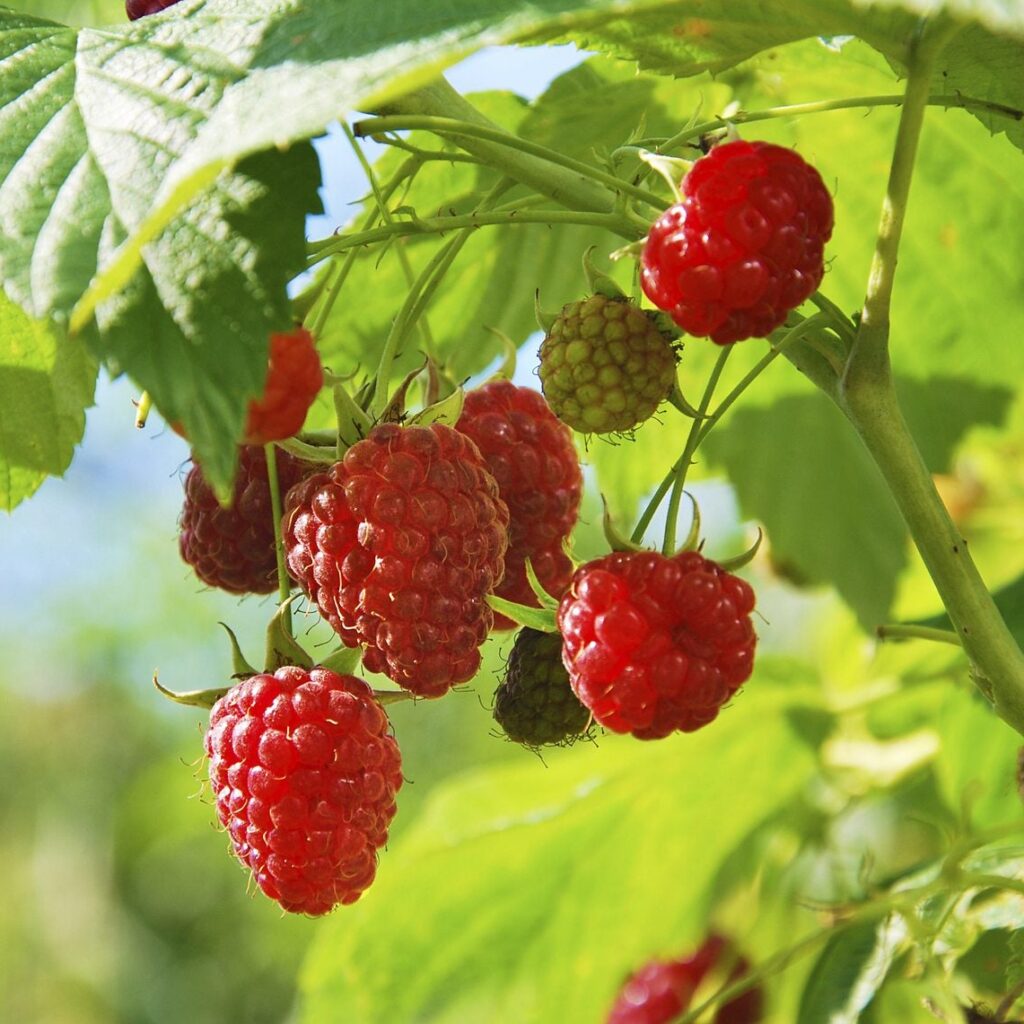
Raspberries are not only delicious but also packed with antioxidants, vitamins, and fiber, making them a healthy addition to your diet. Growing them at home offers several advantages:
- Freshness: Store-bought raspberries often have a short shelf life, while homegrown berries are picked at peak ripeness.
- Flavor: Homegrown berries are sweeter and more aromatic than most supermarket varieties.
- Control: You decide what goes on your plants—no pesticides or chemicals if you choose organic growing methods.
- Perennial Harvest: Raspberry plants can produce for 8–10 years or more with proper care.
Choosing the Right Raspberry Varieties
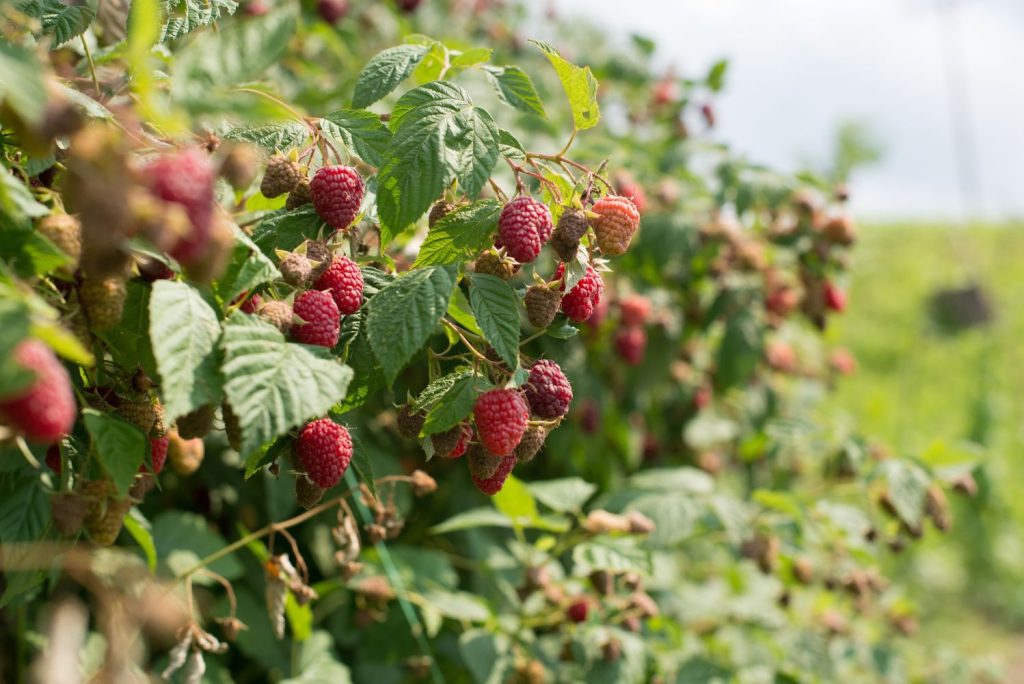
Before planting, it’s important to choose the right raspberry varieties for your climate and space. Raspberries are broadly classified into summer-bearing and everbearing (or fall-bearing) types.
1. Summer-Bearing Raspberries
- Produce one large crop in early to mid-summer.
- Examples: ‘Heritage’, ‘Caroline’, ‘Tulameen’.
- Ideal if you want a large harvest all at once for freezing or canning.
2. Everbearing (Fall-Bearing) Raspberries
- Produce two crops: a smaller summer crop and a larger fall crop.
- Examples: ‘Autumn Bliss’, ‘Fall Gold’, ‘Polka’.
- Great for gardeners wanting fresh raspberries late into the season.
Tips for Selection
- Consider disease resistance and hardiness to your local climate.
- Choose varieties suited to your intended use—fresh eating, preserves, or desserts.
Step 1: Selecting the Perfect Location
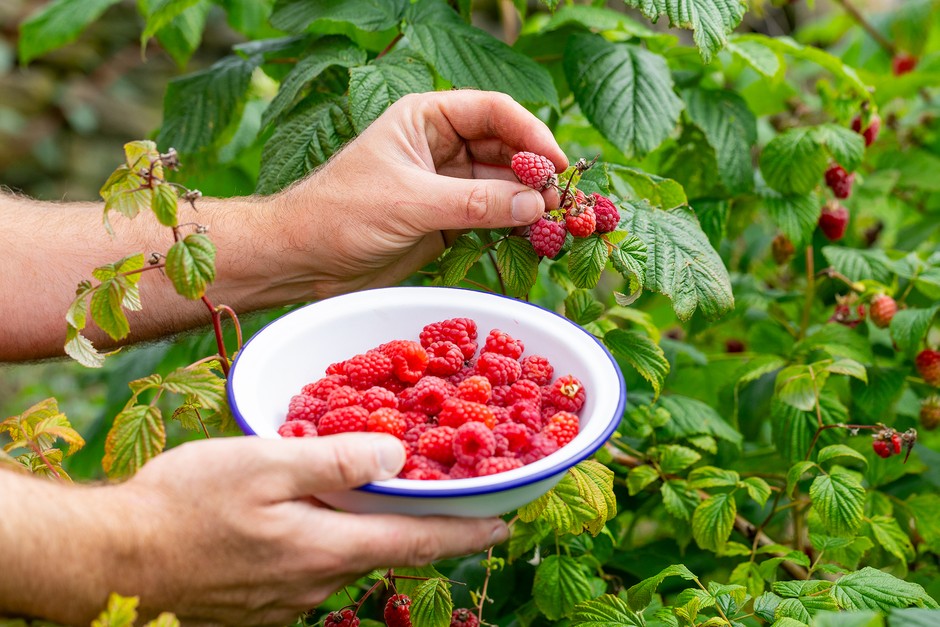
Raspberries thrive in sunny locations with well-drained soil. Proper site selection is critical for high yields.
- Sunlight: Full sun for at least 6–8 hours daily.
- Soil: Loose, fertile soil with a pH of 5.5–6.5.
- Drainage: Avoid low areas prone to waterlogging. Raised beds or mounded rows improve drainage.
- Air Circulation: Good airflow reduces the risk of fungal diseases.
Step 2: Planting Raspberries
When to Plant
- Early spring is ideal, as soon as the soil can be worked.
- In mild climates, fall planting is also possible.
Preparing the Soil
- Remove weeds and debris from the planting area.
- Incorporate compost or aged manure to improve fertility and drainage.
- Space rows about 6–8 feet apart, and plants 18–24 inches apart within rows.
Planting Technique
- Dig holes deep enough to accommodate roots without bending them.
- Position plants so the crown (where roots meet stems) is just above soil level.
- Water thoroughly after planting to help roots establish.
Step 3: Supporting Your Plants

Raspberry canes grow tall and benefit from support structures:
- Trellises or Stakes: Keep canes upright, making harvesting easier and improving air circulation.
- Tying Canes: Use soft ties or twine to gently secure canes to the support.
- Row Covers: Protect plants from birds if your garden attracts wildlife.
Step 4: Watering and Fertilizing
Watering
- Keep soil consistently moist, especially during flowering and fruiting.
- Avoid overhead watering, which can promote fungal diseases—use drip irrigation or soaker hoses if possible.
Fertilizing
- In early spring, apply a balanced fertilizer (10-10-10) around the base of each plant.
- Side-dress with compost or organic matter during the growing season for continued vigor.
Step 5: Pruning and Maintenance
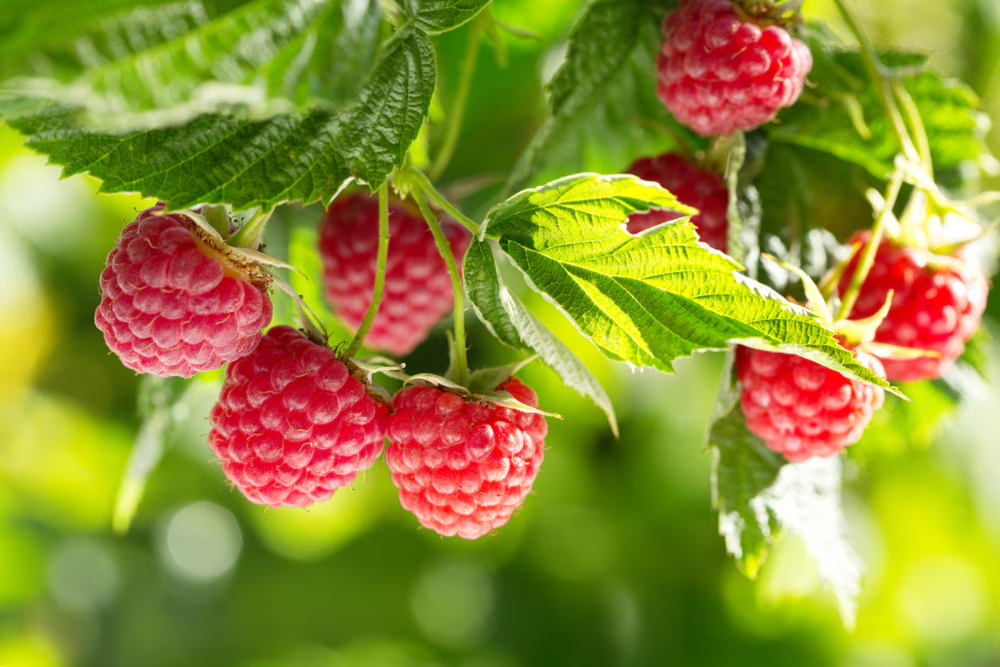
Proper pruning is essential for healthy growth and abundant fruit.
Summer-Bearing Raspberries
- After Harvest: Cut down fruiting canes to the ground—they will not produce again.
- New Growth: Thin remaining canes to 4–6 per foot of row to improve airflow and light penetration.
Everbearing Raspberries
- Single Crop Method: Cut all canes to the ground in late winter for a larger fall harvest.
- Double Crop Method: Leave some canes after summer harvest to produce a smaller summer crop next year.
General Tips
- Remove weak, diseased, or damaged canes annually.
- Mulch with straw or wood chips to retain moisture, suppress weeds, and protect roots in winter.
Step 6: Pest and Disease Management
Raspberries are generally hardy but can face challenges from pests and diseases:
Common Pests
- Aphids: Can be controlled with insecticidal soap or by encouraging beneficial insects.
- Spider Mites: Reduce with regular watering and insecticidal sprays if severe.
- Japanese Beetles: Hand-pick or use traps to protect your crop.
Common Diseases
- Botrytis (Gray Mold): Occurs in wet, humid conditions; improve airflow and avoid overhead watering.
- Powdery Mildew: Keep plants spaced and prune dense growth.
- Root Rot: Avoid poorly drained soil and heavy watering.
Step 7: Harvesting Raspberries
- Raspberries are ready to harvest when they pull off easily from the plant and are fully colored.
- Pick every 2–3 days during peak season for maximum yield.
- Handle berries gently—they bruise easily.
- Refrigerate immediately or freeze for long-term storage.
Step 8: Maximizing Yield
- Rotate Crops: Avoid planting raspberries in the same spot for many years—rotate to prevent disease.
- Succession Planting: Plant multiple varieties for an extended harvest season.
- Mulch & Weed Control: Mulching reduces weeds and keeps fruit clean.
- Soil Testing: Check soil pH every 2–3 years; adjust acidity to maintain health and flavor.
Bonus Tips for Thriving Raspberries
- Companion Plants: Plant garlic or chives nearby to repel pests naturally.
- Container Growing: Dwarf raspberry varieties can grow in large pots for patios or small gardens.
- Winter Care: In colder regions, add a thick layer of mulch to protect canes from frost.
- Fertilizer Timing: Avoid late-season nitrogen, which can encourage tender growth susceptible to winter damage.
Final Thoughts
Growing raspberries for an abundant summer harvest is achievable with proper planning, care, and attention. By selecting the right varieties, preparing soil carefully, providing support, watering consistently, pruning correctly, and monitoring for pests, you can enjoy a garden full of sweet, juicy berries each season.
Homegrown raspberries are not just delicious—they offer the satisfaction of growing your own food and connecting with nature. With a little effort, your backyard or garden space can yield a bountiful raspberry harvest that delights the taste buds and nourishes your body year after year.
